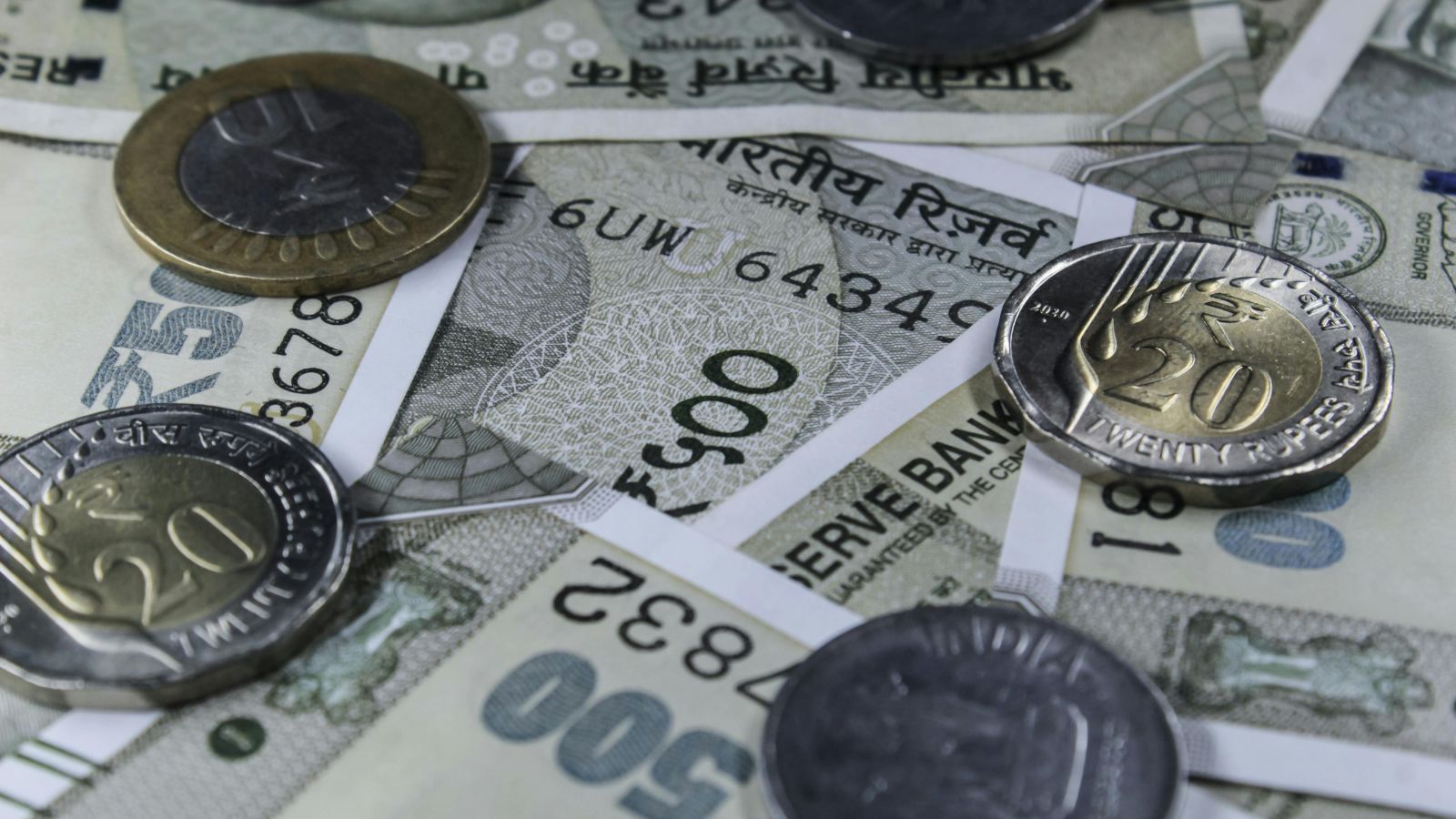US Tariffs Hit Indian Exports Hard: Over 50% Face 25% Duty – What It Means for Businesses

India's export sector is facing a significant challenge as more than half of its shipments to the United States are now subject to a 25% reciprocal tariff, according to the Finance Ministry. This development, stemming from ongoing trade tensions, has sparked concerns about the potential impact on Indian businesses and the overall economy. But how severe is the blow, and what factors will determine the ultimate fallout?
Understanding the Scope of the Impact
The Finance Ministry’s assessment highlights a concerning reality. A substantial portion of India's exports to the US – exceeding 50% – now bear the brunt of these tariffs. These duties are a direct response to trade disputes and aim to level the playing field, although they inevitably impact businesses on both sides of the Atlantic.
Factors Influencing the Outcome
While the situation appears challenging, the Finance Ministry has also pointed out that the full extent of the impact will be influenced by several key elements. These aren't simply abstract economic concepts; they represent real-world factors that Indian exporters need to consider and adapt to.
- Product Differentiation: How unique are India's exports? Products with strong differentiation – those offering specific features or advantages not readily available elsewhere – are more likely to withstand tariff pressures.
- Demand Elasticity: How sensitive is the demand for these products to price changes? If demand remains relatively inelastic (meaning it doesn't change much with price), the impact of the tariff might be lessened.
- Quality & Value Proposition: India's reputation for quality and value is crucial. Maintaining high standards and offering competitive pricing will be essential to retain market share.
- Contractual Arrangements: Existing contracts with US buyers will play a vital role. Negotiations and adjustments to these agreements may be necessary to mitigate the tariff's effects.
Potential Strategies for Indian Exporters
Faced with this new reality, Indian exporters need to be proactive. Here are some strategies to consider:
- Diversify Markets: Reducing reliance on the US market by exploring alternative export destinations is paramount. Southeast Asia, Europe, and Africa offer potential opportunities.
- Value Addition: Moving up the value chain by focusing on higher-value products and services can improve profitability and resilience to tariffs.
- Negotiate with Buyers: Open communication and collaboration with US buyers are essential to find mutually beneficial solutions.
- Government Support: Leveraging government schemes and incentives designed to support exporters can provide a crucial lifeline. The Indian government is likely to explore avenues to ease the burden on businesses.
Looking Ahead
The imposition of these tariffs undeniably presents a hurdle for Indian exporters. However, by understanding the nuances of the situation, adapting their strategies, and seeking government support, Indian businesses can navigate these challenges and maintain their competitiveness in the global market. The Finance Ministry’s assessment serves as a wake-up call, urging exporters to be agile and innovative in a rapidly changing trade landscape. The coming months will be critical in determining the long-term impact of these tariffs and the strategies that prove most effective.






